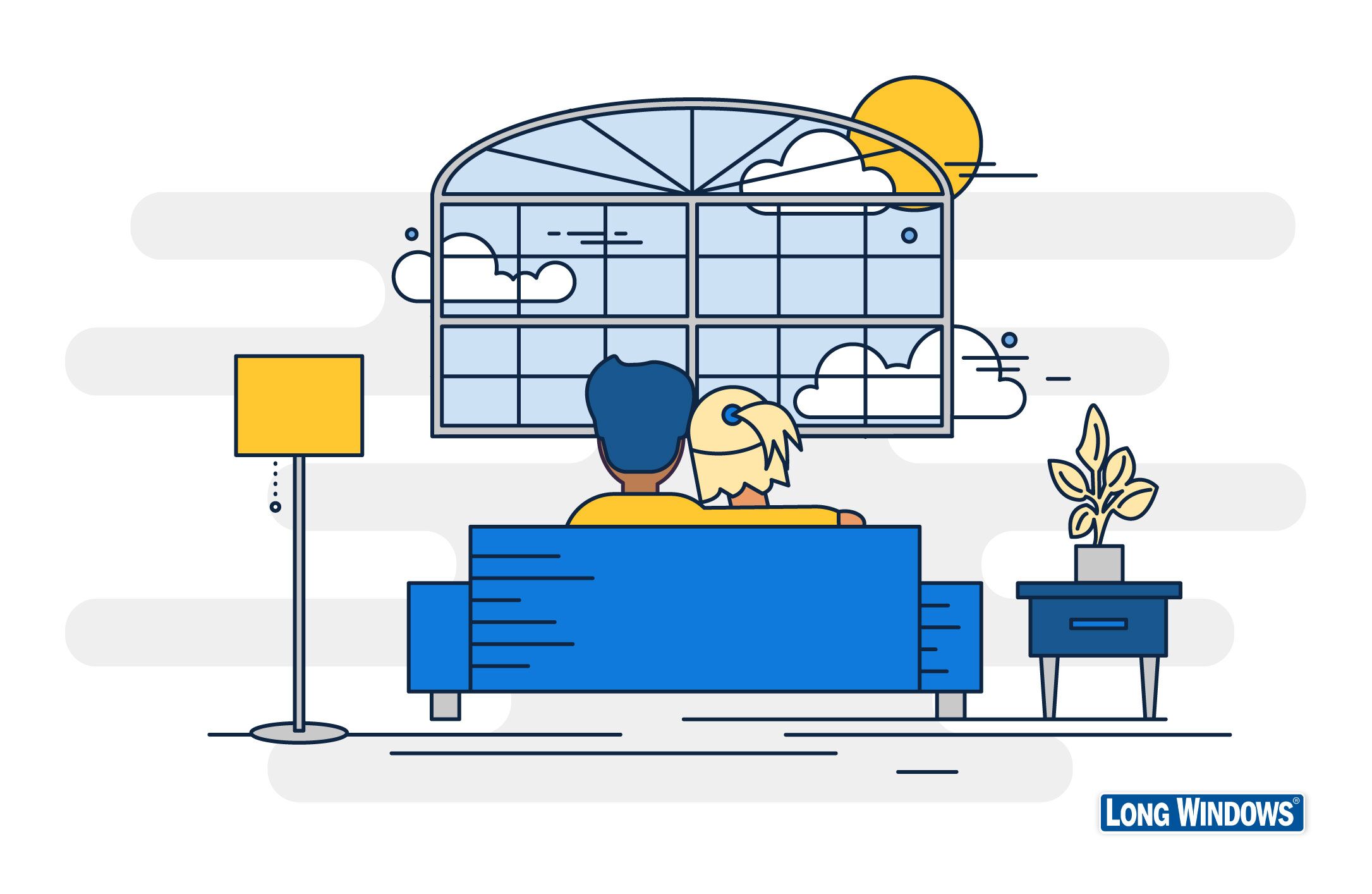4 window replacement myths you should stop believing
Published on Wednesday August 16, 2017
Nearly every homeowner will need new windows at some point. Given that window replacement is a fairly common experience, it’s a little surprising that there is so much misinformation in the marketplace.
Old ideas about windows get accepted as fact. One person’s window replacement experience somehow becomes the gospel truth. You find yourself talking to people who haven’t changed their windows in years telling you what to expect, what to do, what to avoid — and you ask yourself, does this person really know what he’s talking about?
Maybe. But maybe not. That’s why we’re setting the record straight about how window replacement works.
Myth #1: Replacing windows in the winter is a bad idea.

Think about it — how would window companies stay in business if they stopped working for three months? Obviously, it’s not a good idea to install new windows in extreme weather (snowstorms included), but good window installation companies know how to address the challenges of any season, rain or shine.
Scheduling window replacement during the perceived offseason could help ensure that your window upgrade happens more quickly. If you’re planning to sell, this will also mean that your home is prepared for real estate’s busiest time — springtime.
NOTE: Keep in mind that windows and doors expand and contract. While it’s not a bad idea to replace your windows in the winter, saving the project for a season with milder weather might be a better call — especially for those of us who live in places where the winters get particularly cold.
Read: Major home improvement projects in the winter? Oh, yes
Myth #2: All decent windows are the pretty much the same; the rest of it is just sales talk.

Not all windows are created equal. Some distinctions can be hard to spot, and finding the right windows to fit your needs requires careful consideration.
Take, for instance, this common scenario: you constantly saw moisture on your windows, and the wooden window sills rotted as a result. This excess moisture is caused by air infiltration, or the level of air seeping into your house through your window. Air infiltration can not only cause condensation but is also a chief culprit for high energy bills, uncomfortable drafts and unpleasant guests like mold.
To solve this problem, you’ll need windows with a low AL number (AL is the air-leakage rating of a window) — 0.30 or less for an Energy Star certification.
Read: Air infiltration, condensation, your home and your windows
Here’s another example: your house feels like a sauna in the summer and a freezer in the winter. You keep asking yourself why your home is so susceptible to temperature changes. One of the major reasons – you guessed it – is your windows.
Opting for specialized windows that reflect UV light and solar heat might be the way to go. The advanced insulating system works to make your home brighter and cooler in the summer and warmer in the winter.
Myth #3: A new window won’t really change your home’s energy efficiency.

There is some truth here: if you get new windows but your door is as drafty as an old barn, the new windows aren’t necessarily going to save you a ton of cash.
The fact is that windows are a key cause of high heating and air conditioning bills. Assuming your home is adequately insulated and your other home improvement products are up-to-date, new windows can have a major effect on how much money you’re spending on energy bills.
Read: Interested in energy-efficient windows? Here’s what you should do
EnergyStar.gov reports that the average homeowner who installed energy-efficient windows in Washington, D.C. saved nearly $500 annually on heating and cooling costs – and some homeowners saved even more.
Of course, frugality isn’t the only incentive here. Homeowners have a responsibility to be eco-conscious, and the reduction of greenhouse gas emissions by energy-efficient windows after just three months is equivalent to planting 29 trees or keeping your car off the road for two months!
Myth #4: DIY window replacement is a good way to save money.

Hey, we’re all about the DIY trend. And if you’re a construction professional with years of experience, you may be able to replace your windows yourself. But even then, we don’t recommend it.
“If you watch a few window installation videos, a professional can make it look easy,” explains Matthew Mack, Window Manager at Long Windows®. “But in reality, not every house is the same. Only a professional can navigate the ins and outs of the home’s structure and style.”
Not only are replacement windows difficult to find, but most DIY window installers don’t know how to properly insulate their homes. Specialized tools are needed to install the aluminum siding component required by most window installs. So, while it’s technically possible to install your own windows, the process will undoubtedly be difficult and the final installation is likely to be sub-par.
Bottom line: we don’t recommend it.
Window replacement with Long Windows
Ready to replace your windows with efficient alternatives?
Long Windows never uses materials that will rot, rust or attract pests. We’ll help you find the best windows for your home and family with installation packages that let you choose from a wide variety of colors and shades.
Whether you’re looking for a stylish, modern look for your home or pulling your hair out over wasted energy and rising costs, Long Windows has the inventory and expertise to help.
We build trust and peace of mind into every Long Window. Contact us today!
Interested in Long Home Products?
See our special offers now.








